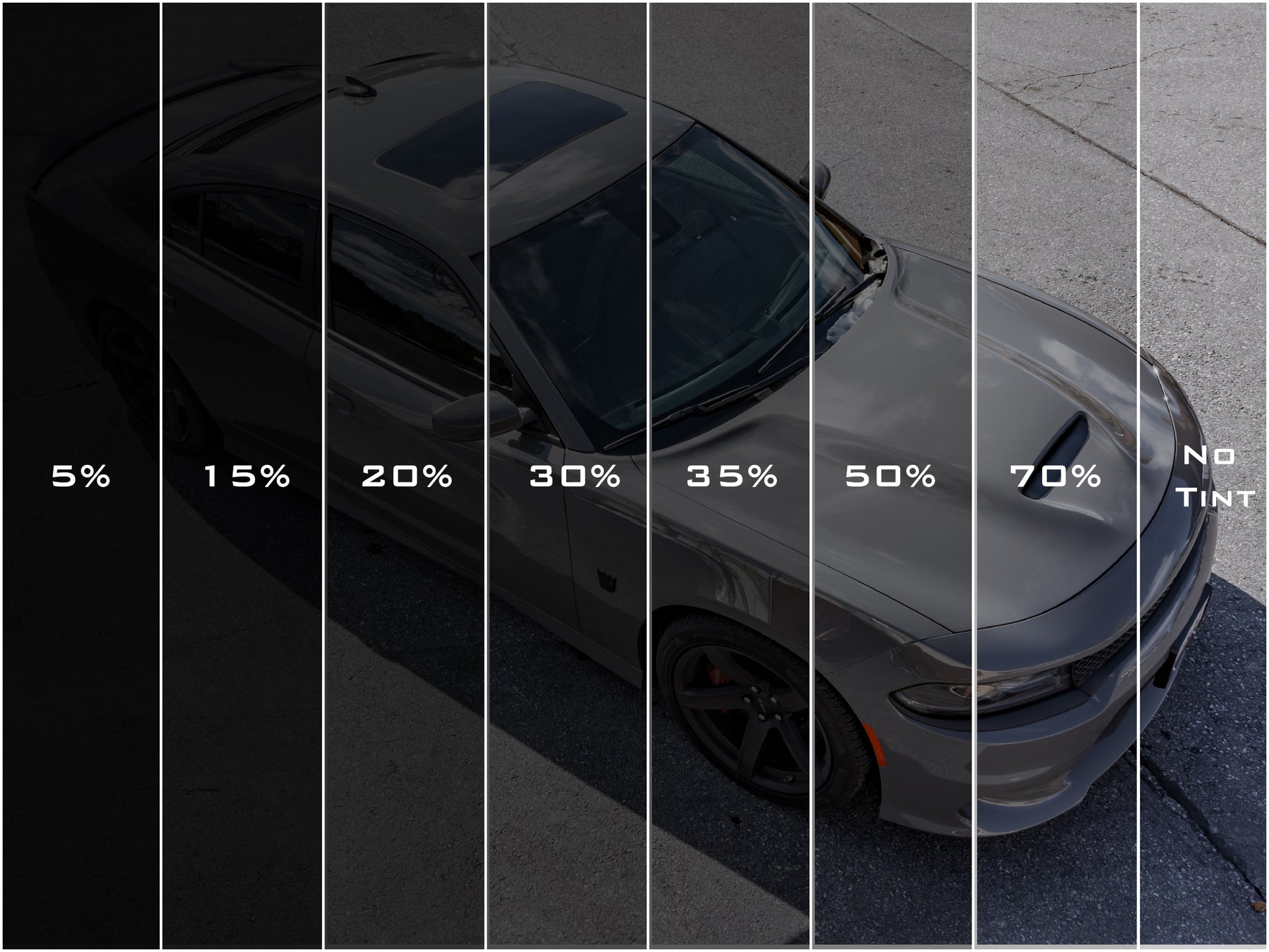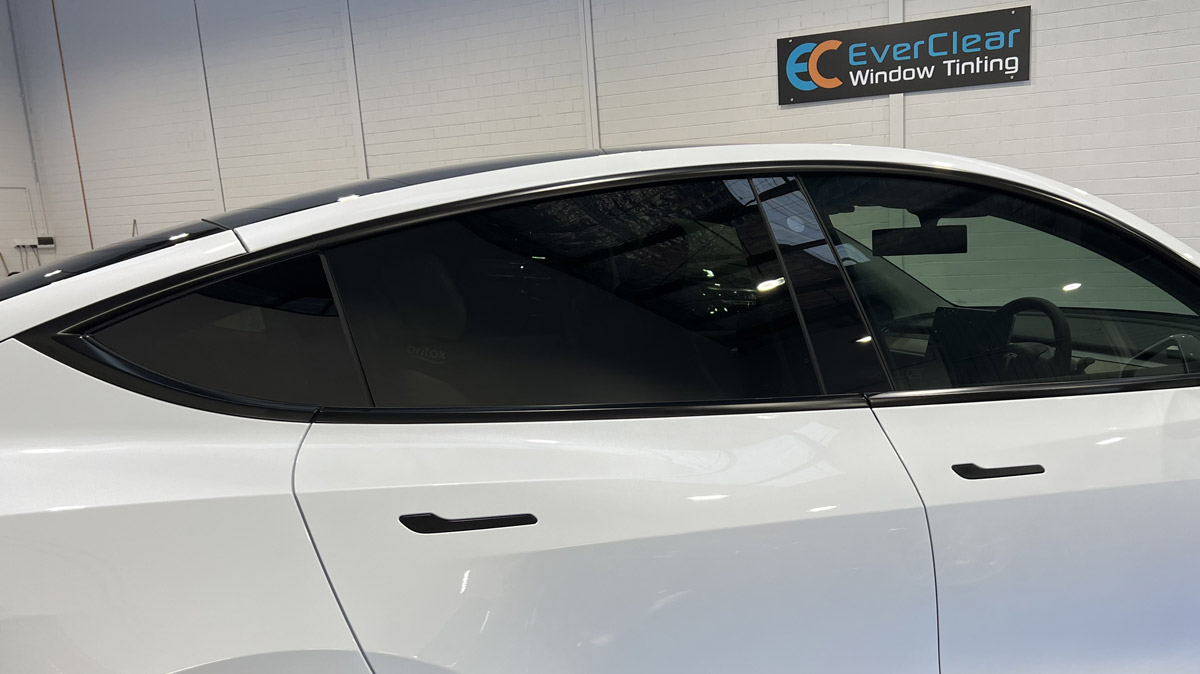The Complete Malfunction of Auto Window Tinting Laws: Keep Informed and Avoid Costly Fines
Recognizing the ins and outs of automobile home window tinting legislations is vital for every automobile owner. Allow's check out the subtleties of home window tinting regulations, from lawful percentages to enforcement procedures, and find the vital pointers for maintaining tinting compliance.

Value of Recognizing Tinting Legislations
Comprehending tinting laws is essential for automobile owners to ensure conformity with policies and prevent potential fines or charges. Each state has details regulations pertaining to the darkness of window tinting allowed on vehicles. These laws remain in area to ensure the safety of motorists, pedestrians, and police officers. By being educated concerning tinting laws, car proprietors can make informed choices regarding their car adjustments and prevent the headache of having to get rid of illegal tint.
Along with lawful effects, inappropriate home window tinting can also affect exposure while driving, specifically at night or in damaging climate condition. Dark home window colors can lower visibility for the motorist and block the view of pedestrians or other vehicles, boosting the risk of crashes. Car tint cost. Recognizing the tinting regulations can help vehicle drivers strike an equilibrium in between visual appeals and safety and security
Furthermore, following tinting guidelines can likewise stop unnecessary expenditures. Eliminating illegal tint and paying penalties can be expensive, adding financial problems to vehicle owners. By adhering to tinting legislations initially, vehicle drivers can avoid these additional expenditures and ensure a smooth driving experience without interruptions from police.
Types of Home Window Tinting Regulations
Having a clear understanding of the significance of conforming with tinting laws, it is important to be aware of the different types of window tinting policies imposed throughout different states. In addition, some states have differing guidelines for rear home windows and side windows behind the motorist.
Furthermore, particular states may additionally have guidelines concerning the reflective residential or commercial properties of window tint and the usage of particular shades. Reflective color is often banned, and colors like red, amber, and yellow may not be permitted due to visibility concerns. When tinting their home windows to make sure compliance with the legislation., comprehending these nuances in window tinting guidelines can aid auto proprietors make educated choices.
Lawful Tinting Percentage Standards
Checking out the allowable tinting percents established by state laws provides essential guidance for automobile proprietors looking for to stick to legal regulations (Car tint cost). These standards dictate the maximum allowed darkness for window tints, typically measured in Visible Light Transmission (VLT) percentage-- the amount of light that can go through the tint. As an example, some states might allow a VLT of 70% on the front side home windows, while others just allow 50%. Back side windows and the rear windscreen frequently have different VLT restrictions, which can vary between states.
Prior to using home window colors to a car, it is advisable to research and acquaint oneself with the tinting legislations certain to the state of enrollment. By adhering to page these regulations, automobile owners can delight in the benefits of window tinting while remaining on the appropriate side of the regulation.

Enforcement and Effects of Offenses
Implementing the well established tinting percent standards is crucial in maintaining conformity with state regulations on car home window tinting. Failure to stick to these policies can result in numerous effects for automobile owners. Law enforcement firms carry out regular checks to ensure automobiles satisfy the specified tint darkness limitations. If an offense is recognized, the repercussions can consist of penalties, citations, and also compulsory elimination of the prohibited tint. In some situations, duplicated offenses might lead to more serious charges, such as factors on the chauffeur's certificate or car enrollment suspension. Furthermore, driving an automobile with exceedingly colored windows can present safety risks by lowering visibility for the driver and others on the roadway. To avoid these enforcement actions and possible threats, it is important for cars and truck owners to stay informed regarding the tinting regulations in their state and ensure their car's window colors follow the specified guidelines. original site
Tips for Compliant Home Window Tinting
To make certain compliance with cars and truck window tinting legislations, it is necessary for automobile owners to comply with specific pointers for selecting and using home window tints. Always examine the local regulations concerning allowed tint degrees for each home window of your automobile. Various states have differing legislations, so recognizing these standards is essential. Choose for high-grade color movies that are compliant with the well-known criteria. Substandard items might not supply the desired degree of UV protection or could discolor in time, leading to prospective legal problems. Additionally, take into consideration having an expert window tinting solution mount the color. This can help guarantee that the color is applied properly, lessening the danger of bubbles, creases, or irregular coverage that can lead to non-compliance. Maintain your color frequently by cleansing it with approved items to avoid it from peeling or gurgling, which could bring in unwanted attention from authorities. By adhering to these tips, you can take pleasure in the advantages of home window tinting while staying within the boundaries of the legislation.

Final Thought
In verdict, it is important to be well-informed concerning auto window tinting regulations to stay clear of potential fines and charges. Understanding the different types of guidelines and legal tinting percentage guidelines can help ensure compliance with the legislation.
Having a clear understanding of the relevance of conforming with tinting laws, it is necessary to be aware of the different kinds of window tinting guidelines imposed throughout various states. Recognizing these subtleties in home window tinting laws can assist cars and truck proprietors make informed decisions when tinting their home windows to ensure conformity with the law.
Prior to applying home window colors to a car, it is advisable to research and acquaint oneself with the tinting laws particular to the state of registration. To prevent these enforcement activities and prospective hazards, it is necessary for car proprietors to remain notified about the tinting regulations sunstoppers near me in their state and ensure their vehicle's window tints comply with the specified regulations.
To ensure compliance with automobile home window tinting regulations, it is crucial for vehicle proprietors to follow certain suggestions for selecting and applying window tints.